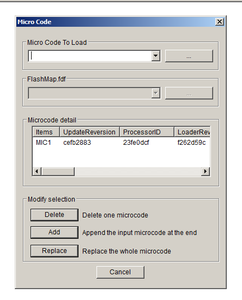

The version that came by default with my laptop was 1.50, so I went to Toshiba’s Drivers website, looked for the closest model to my computer (元05D-SP69XXR) and downloaded the 1.80 version for the BIOS. In the Toshiba welcome screen that appears when you turn on the computer, press F2 to enter the Setup Utility, go to the Advanced tab and check that the Dynamic CPU Frequency Mode is set to Dynamic and the SATA Controller Mode is set to AHCI. So, the solution has two parts: Return the BIOS parameters to their default values I thought that it would be solved by changing the CPU Frequency to Always Low Mode, but it only turned the problem worse, because now not only the processor was working a lot slower, but it would keep shutting the computer off.

Both changes together caused a lot of instability with the temperature in Windows and in Linux. I made the mistake of setting the SATA Controller to Compatibility Mode and the CPU Frequency to Dynamic Mode. The problem appeared since the moment I decided to play with the parameters that the BIOS allow you to change.

The problem? The fan is not correctly managed/detected by the kernel, and it can’t be managed by the user either.Īfter an intensive research, I finally know what were the causes and how to solve them: The BIOS I’ve tried to install a lot of distributions in it: Ubuntu, OpenSUSE, Fedora, ArchLinux, Debian… but all of them have given me the same problem: the computer reaches 105✬, the highest temperature allowed by it before shutting itself off to avoid damage. It comes with an ATI Radeon HD 3100 graphics card, an AMD Athlon X2 64-bits processor and a H20 Insyde BIOS.


 0 kommentar(er)
0 kommentar(er)
